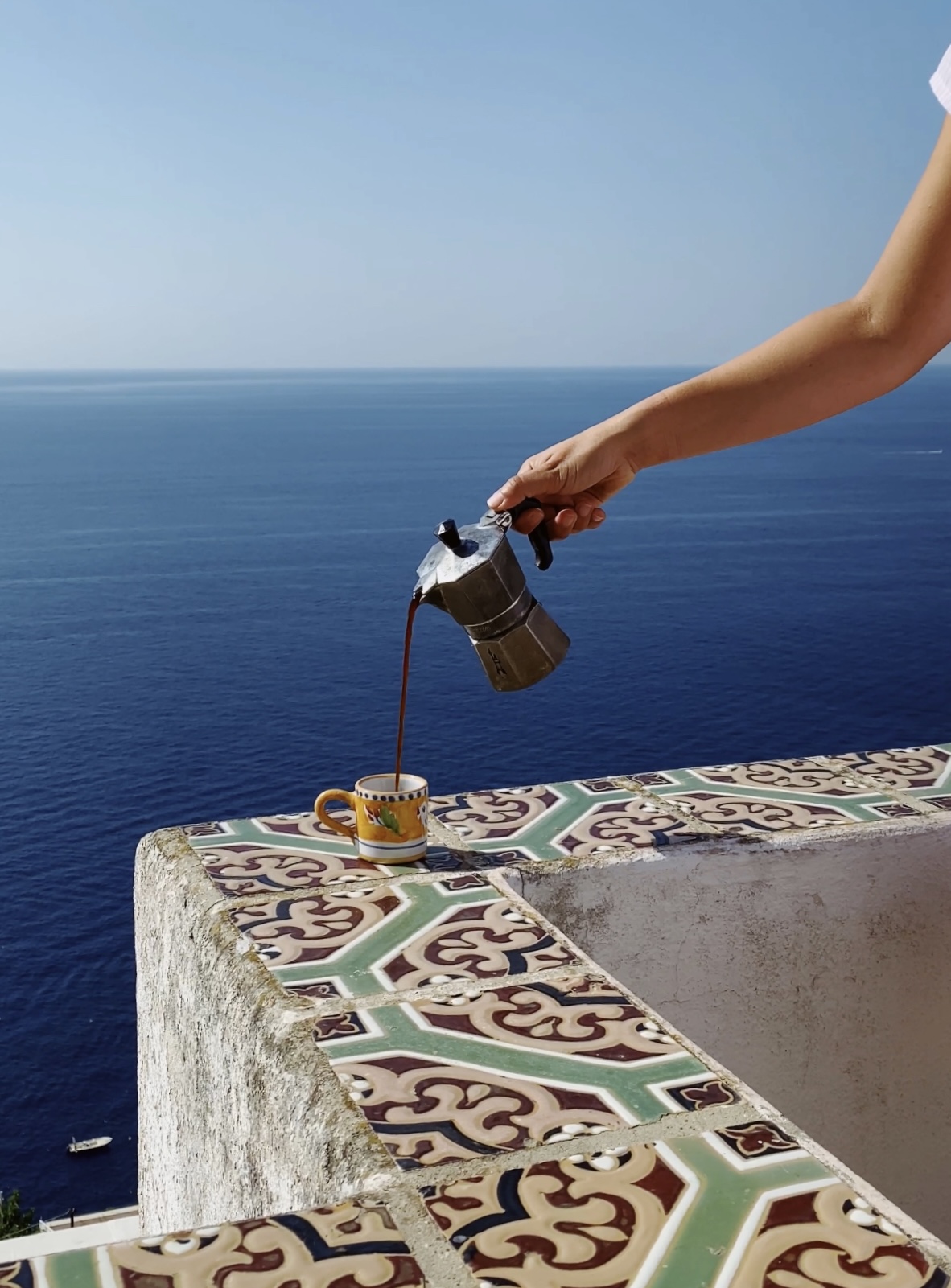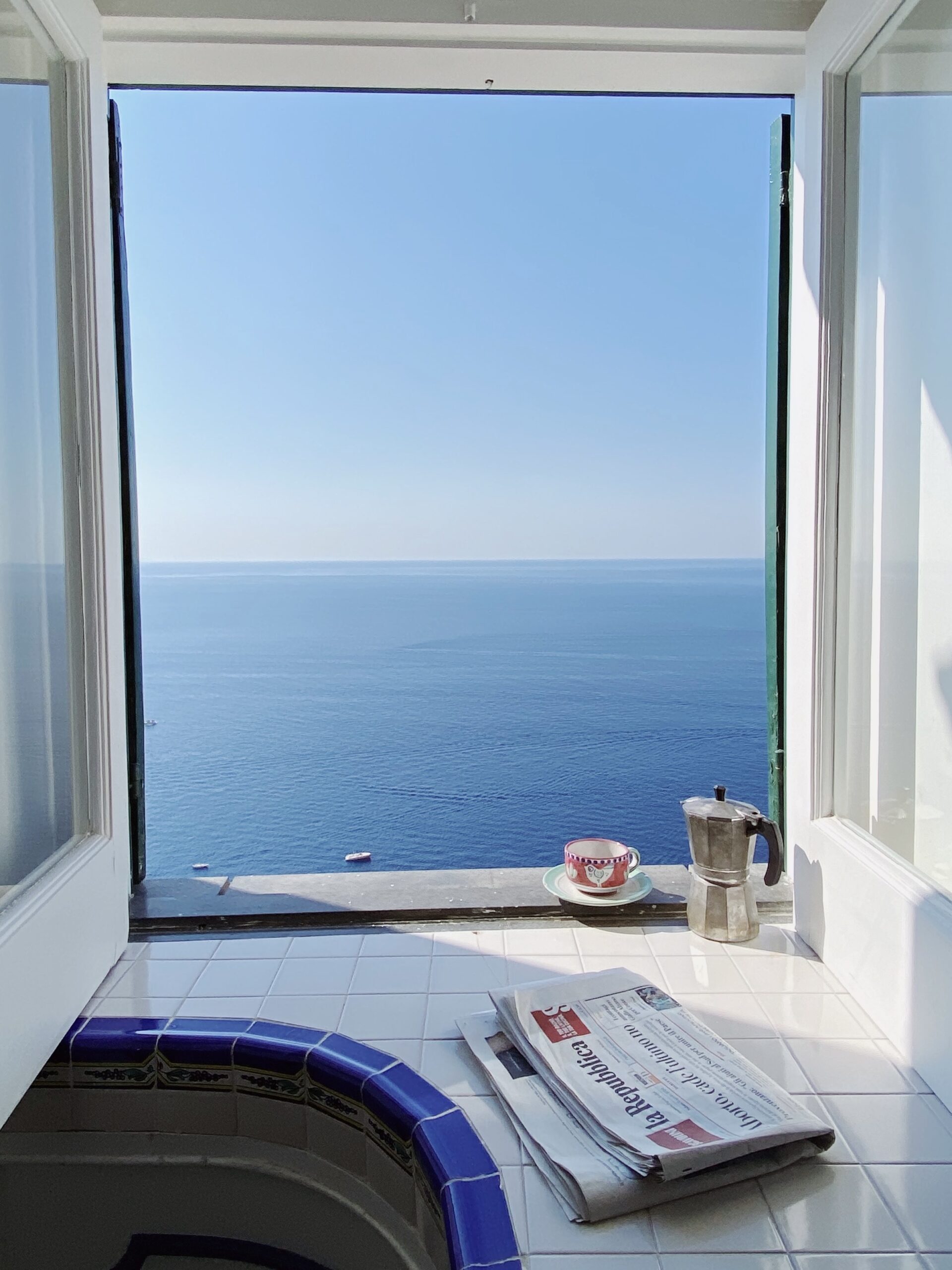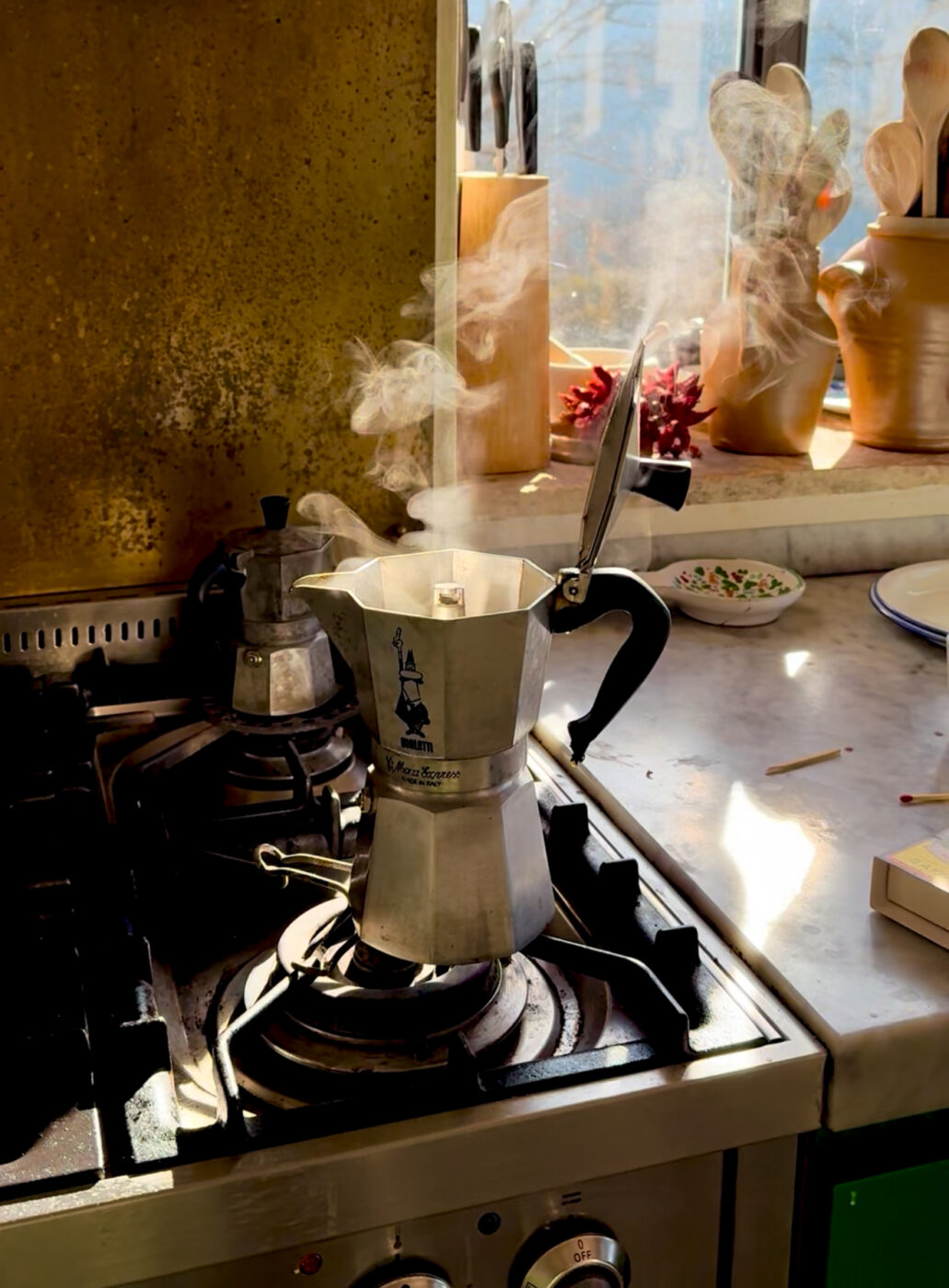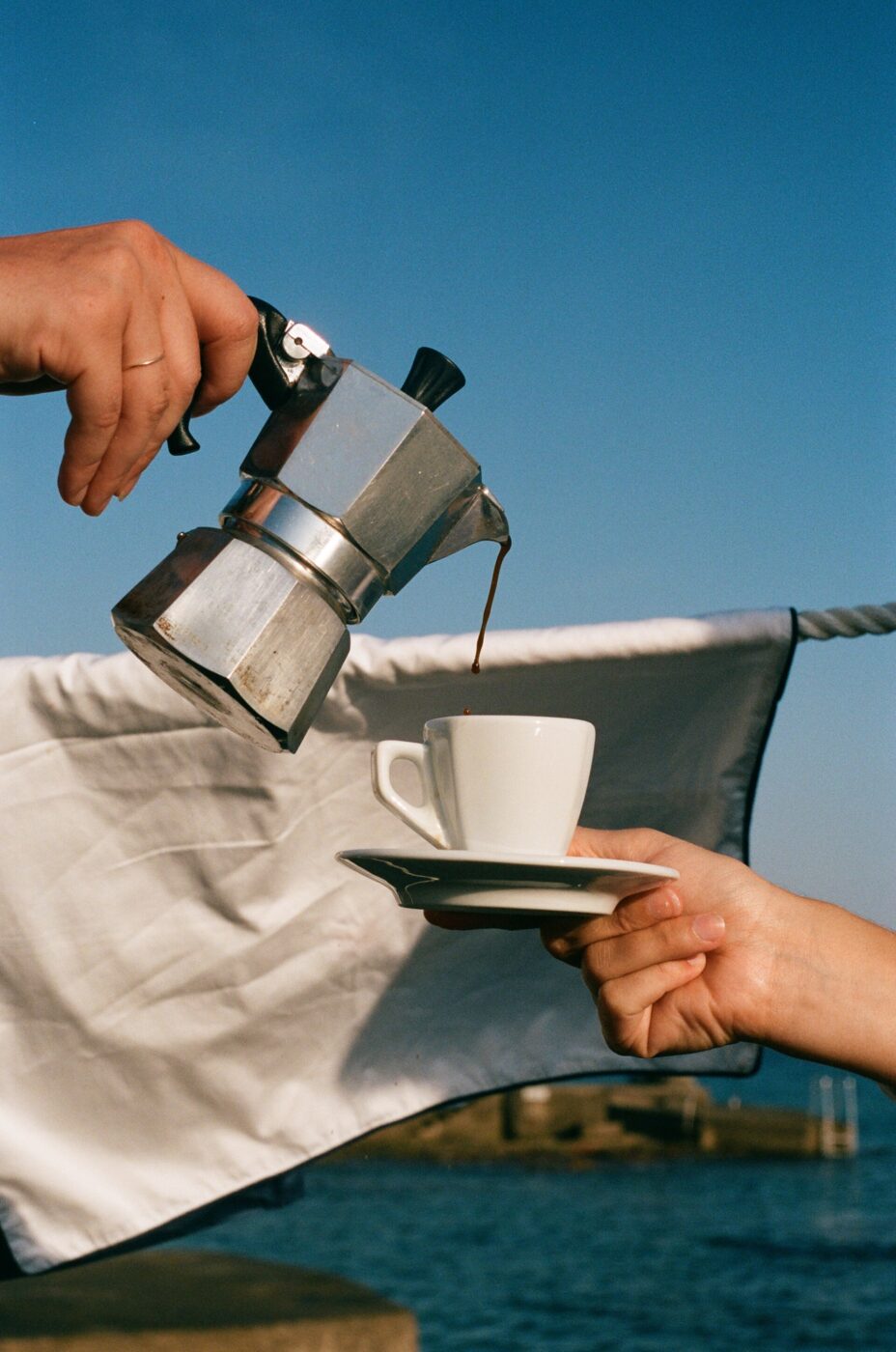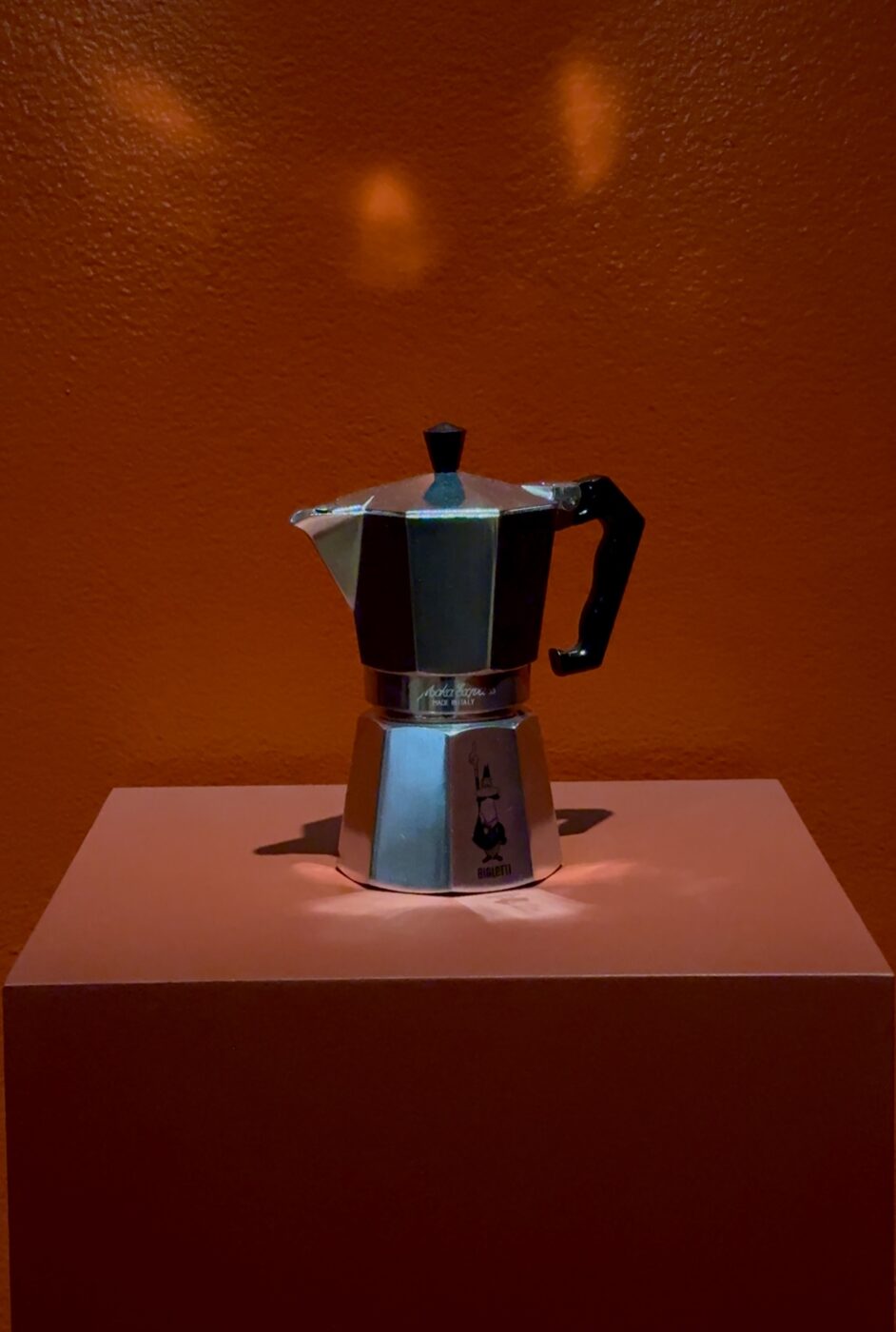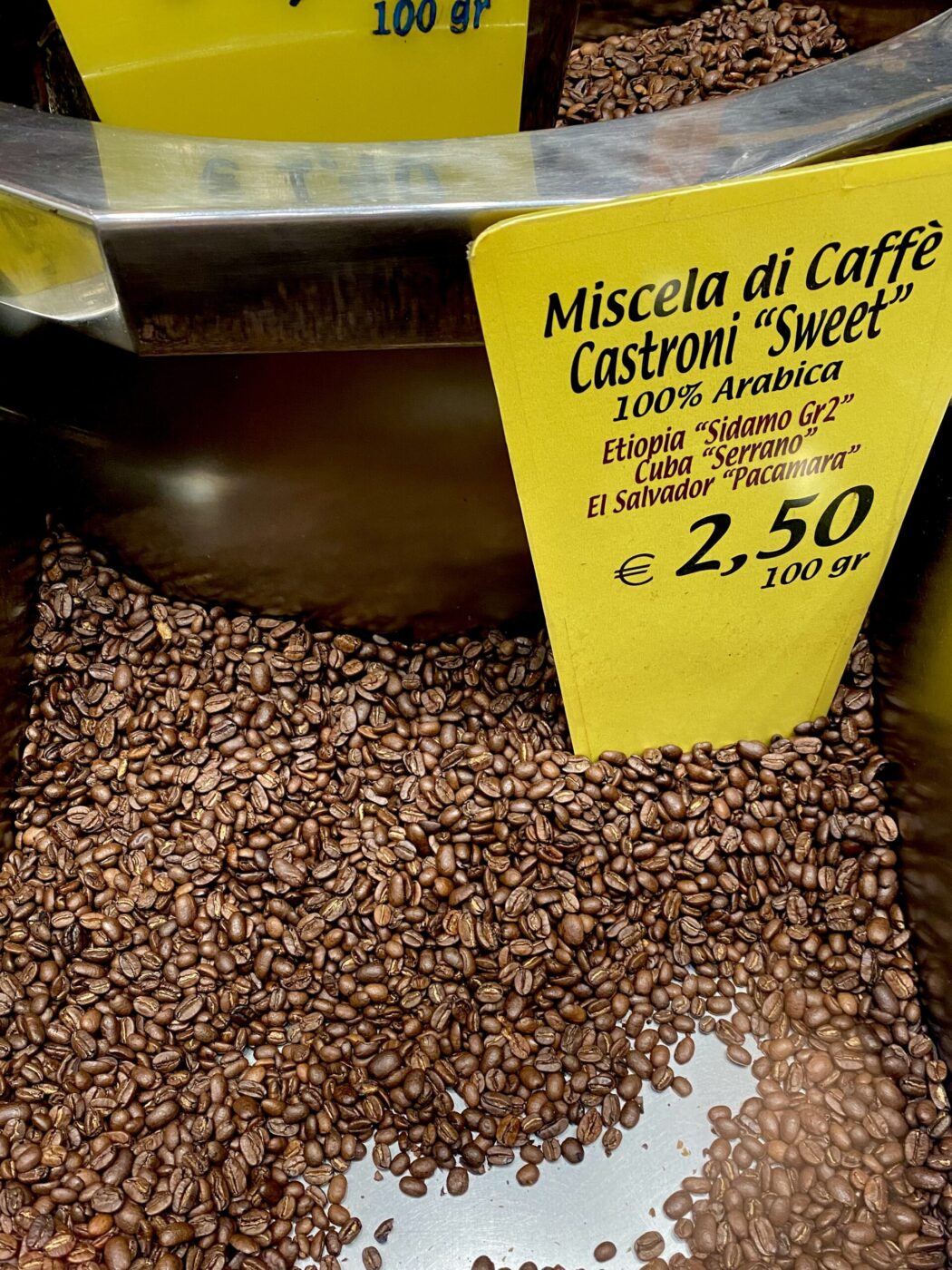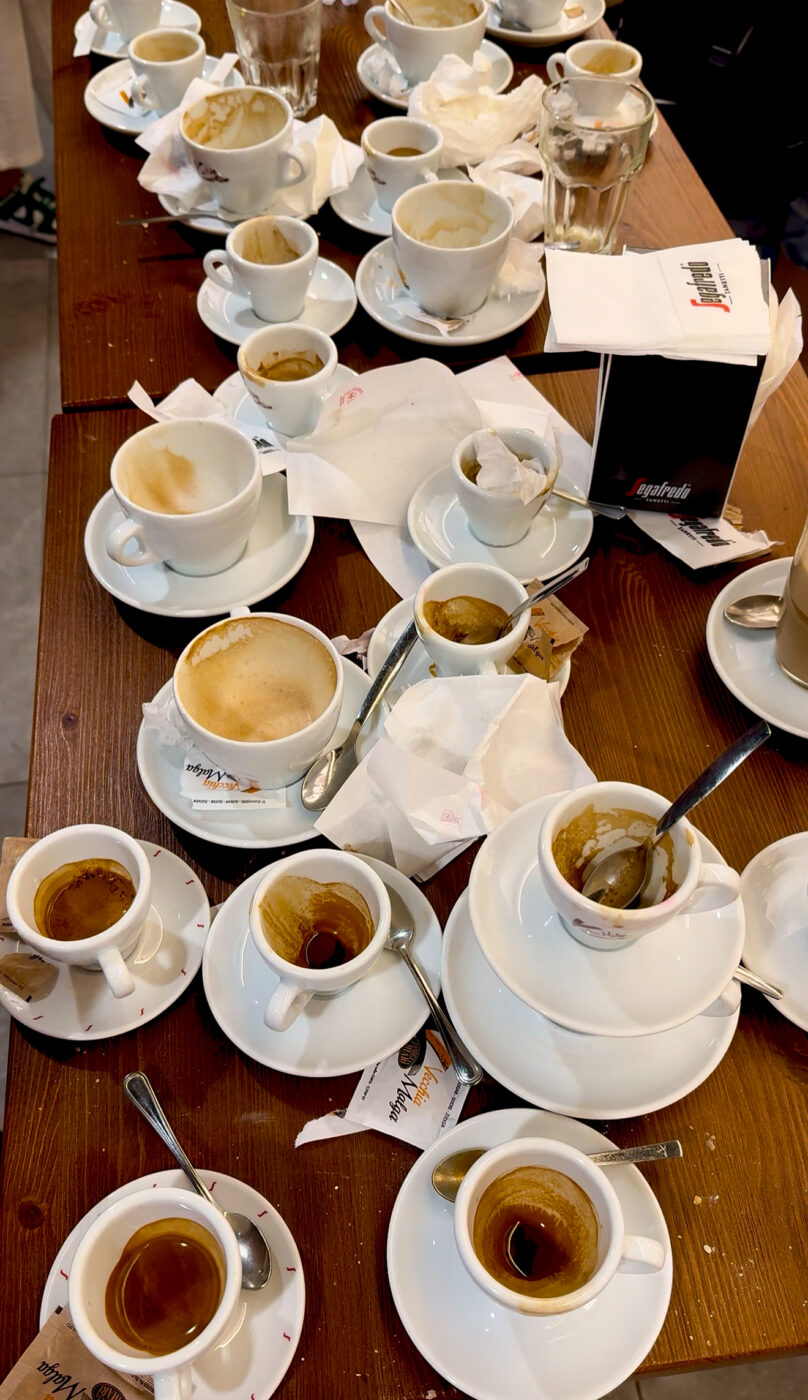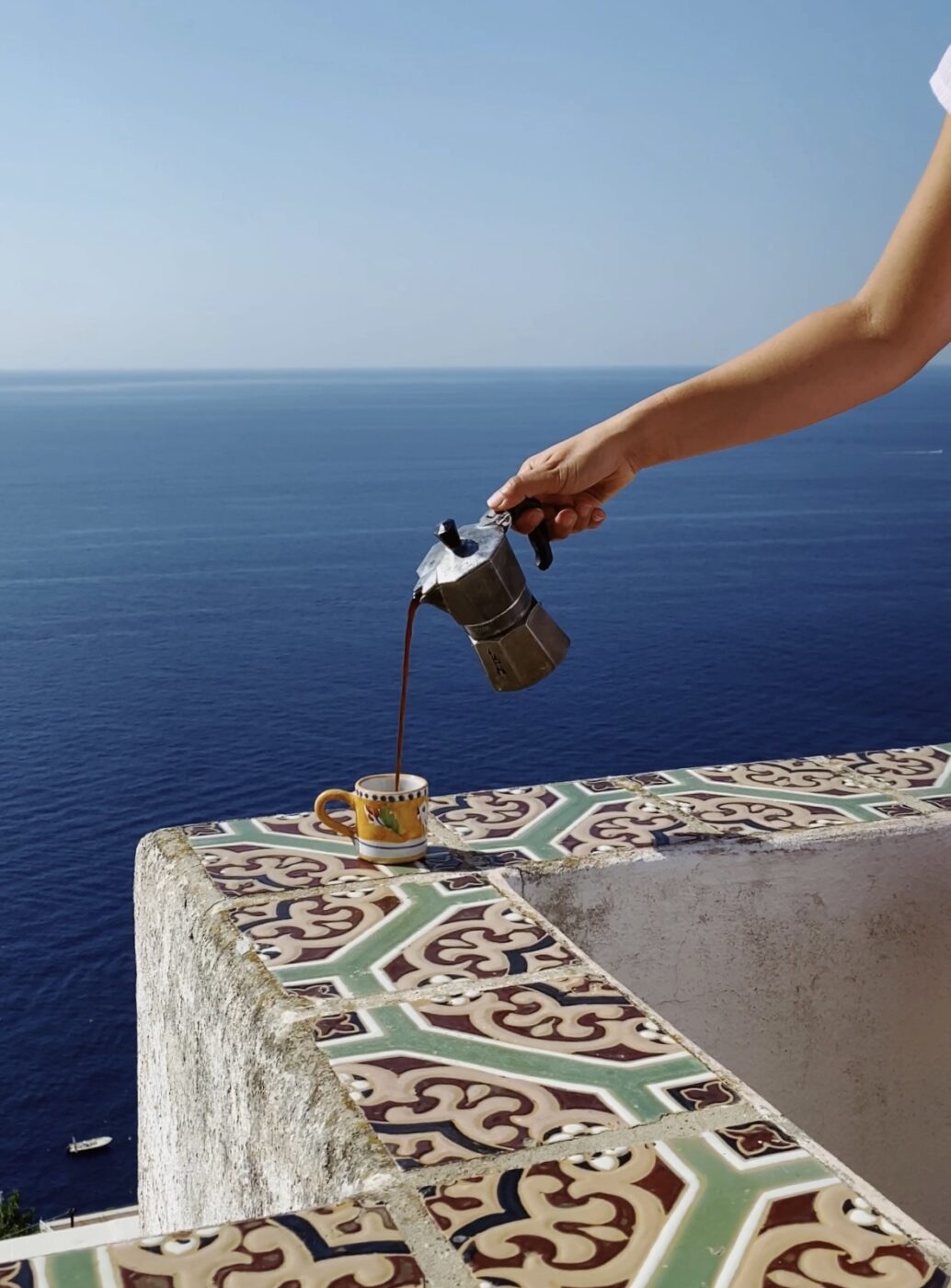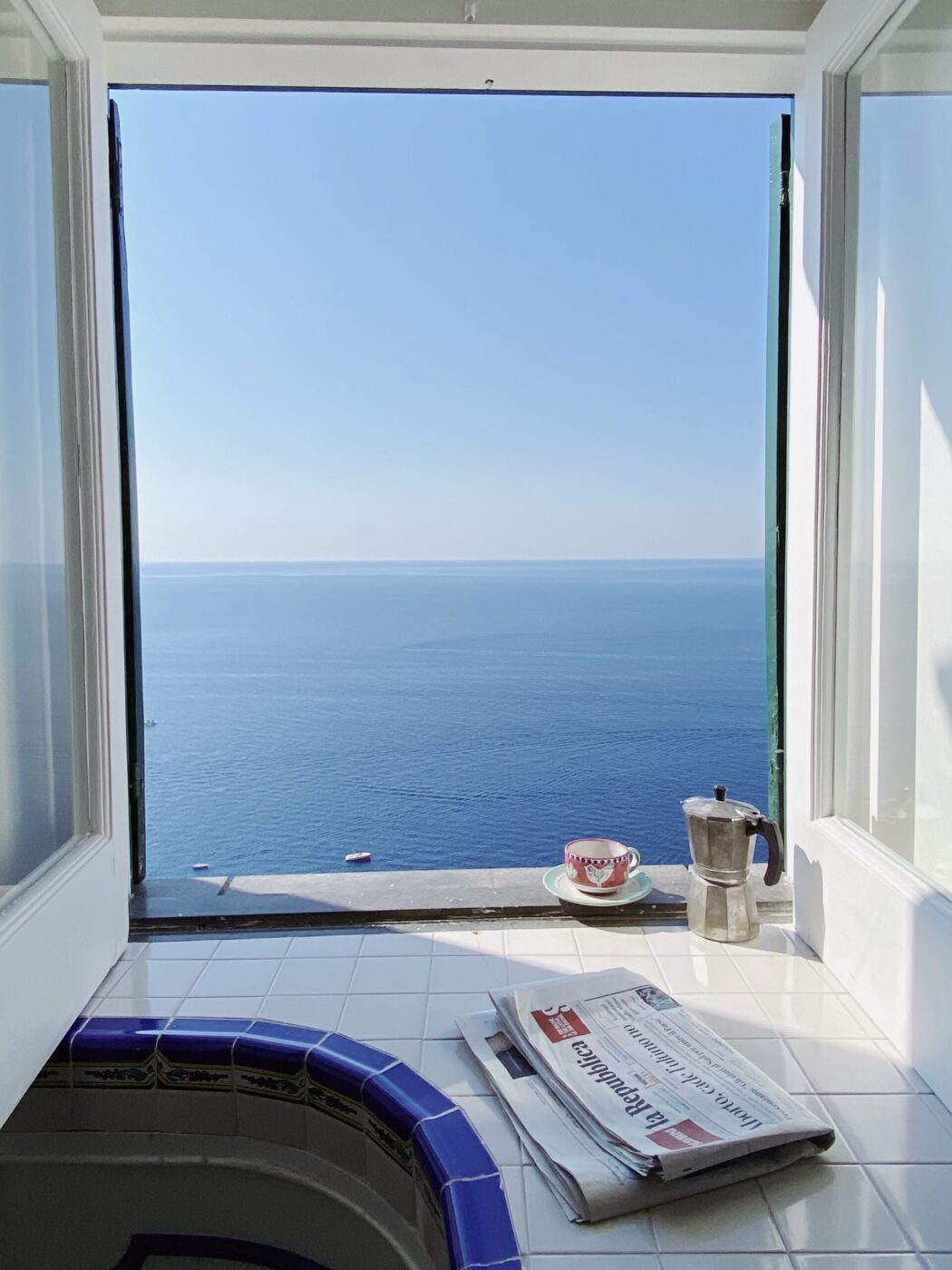For 60 million Italians, morning has a scent: that of the moka. Not just coffee in general—specifically moka coffee. From childhood, you learn to recognize its sound; its aroma accompanies your wake-up while still in bed, and when you leave for school, you smell it in the stairwells of apartment buildings.
The moka is a ritual, repeated several times a day. Mid-morning, after lunch, in the afternoon. It’s easy to make for a crowd, whether family, friends, or colleagues—and there’s always “the one” who’s in charge, because they know how to make moka best. Every Italian has their own method for their own moka; it seems written in our DNA, yet it hasn’t always been this way. The taste of Italian coffee has already changed at least a couple of times over its short history, and we’re already at risk of forgetting that.
Luckily, I’d dare say. Time for a confession: I find moka coffee disgusting. Like any good Italian, I own at least three of them in different sizes, but they sit proudly on display like ornaments. Moka coffee tastes burnt—twice-cooked, even—and this isn’t an opinion, it’s a flaw caused by how it’s prepared 99% of the time. Because coffee’s flavor is as cultural as it is personal.
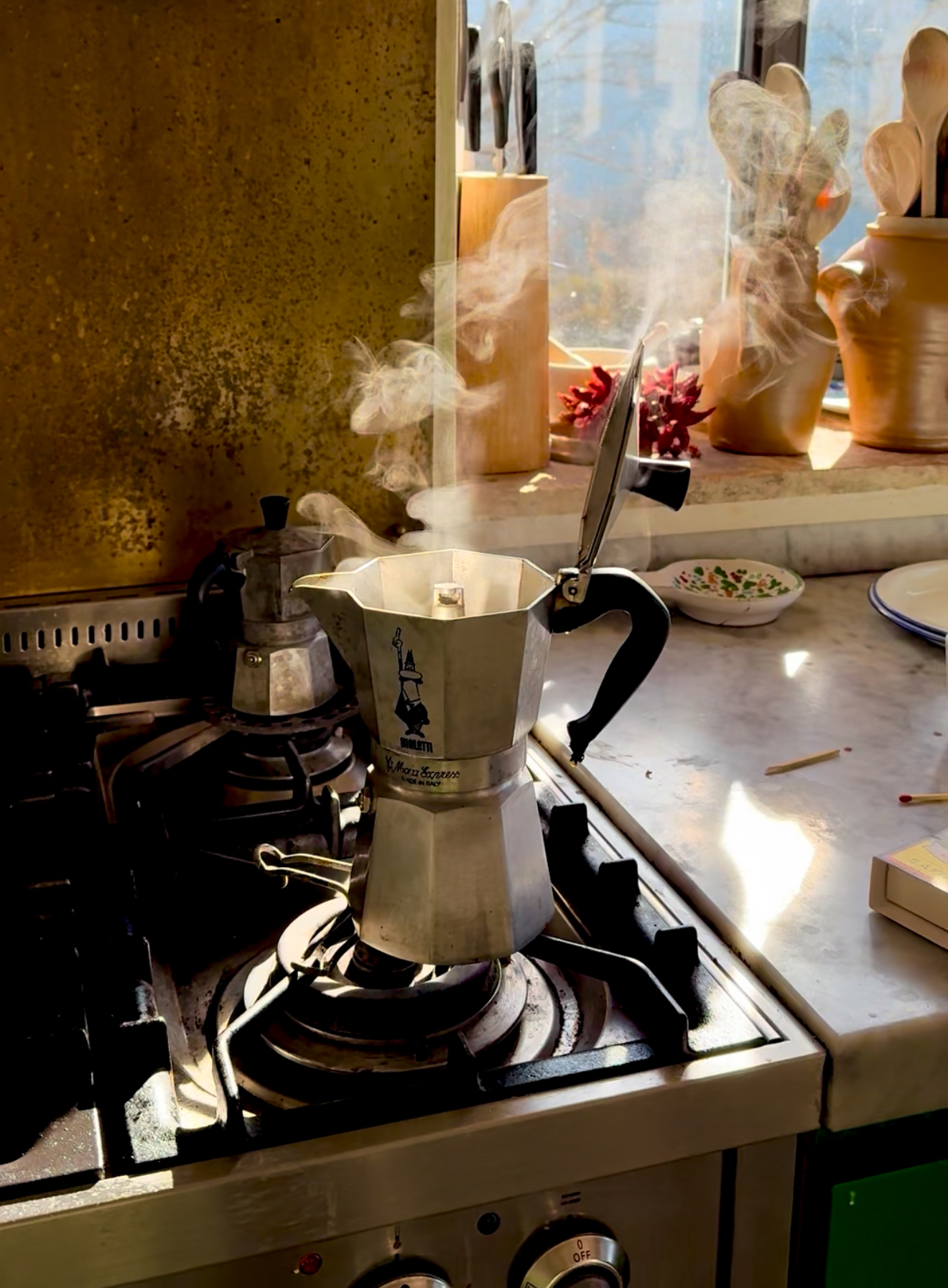
The moka as symbol of the economic boom
The moka is a steam-extraction coffee system invented in 1933 by entrepreneur Alfonso Bialetti and named after the Yemenite city Mokha, renowned for its coffee trade at the time. Today, as then, it’s made of three aluminum parts: a water boiler with an octagonal base, a filter, and a small collection pot—where the coffee comes out, to put it simply. The water boils below, pressure builds in the boiler, steam rises and pushes through the filter filled with coffee grounds, and then flows into the upper chamber in about five minutes. It was a revolution—because the Moka Express, its full name, was much faster and more suited to modern life than the Neapolitan cuccuma used until then. (With the cuccuma, water would slowly percolate down through the coffee grounds, similar to how filter coffee is made today.)
But more than just changing consumption habits, the moka transformed the very taste of coffee. The result of this extraction was denser, more intense, more bitter—that “classic Italian flavor” that a mere couple of generations grew up with, no more.
Though the moka was invented in 1933, coffee remained a luxury. Its broader diffusion began with Italy’s 1935 invasion of Ethiopia, but it wasn’t until the post-WWII economic boom that coffee truly entered daily life. After the wartime halt, Bialetti reopened in 1946 with a new industrial plant producing 18,000 units a day. Moka coffee—strong, modern, efficient—became a symbol of the country’s rebirth, and advertising campaigns ramped up, with billboards and TV ads spreading the product nationwide.
“Eh sì sì sì… sembra facile (fare un buon caffè)!” (“Oh yes, oh yes, it seems easy to make good coffee!”) recited the popular slogan, and in fact, making coffee with the moka was easier than ever—even if, spoiler, it was made the wrong way.
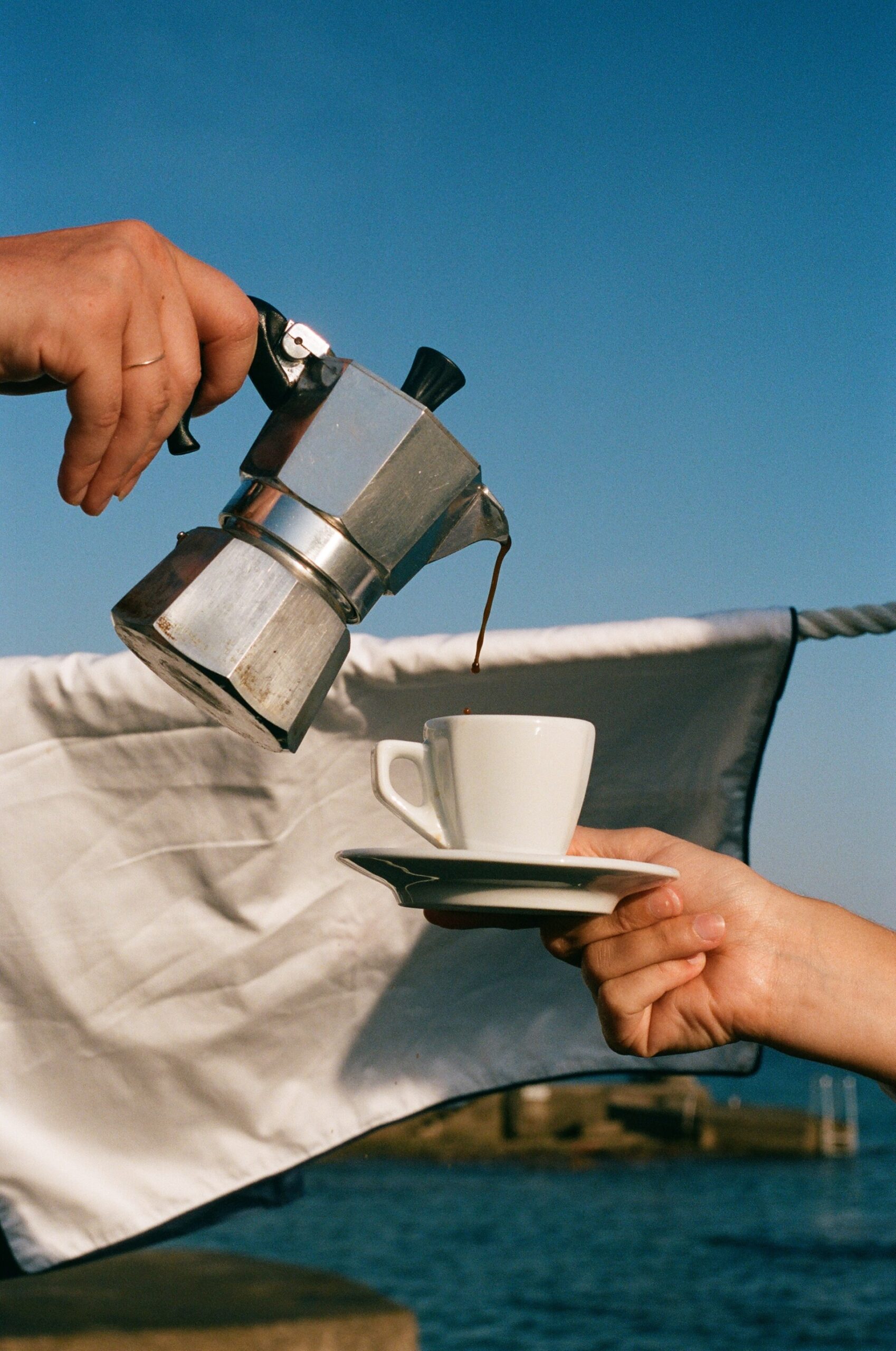
The construction of national taste
It’s estimated that since the 1950s, around 300 million moka pots have been sold—many still in use, because the moka is virtually indestructible. Its design hasn’t changed in decades, and spare parts remain interchangeable. The Bialetti Moka Express has become a design icon and a symbol of Made in Italy, now on permanent display at Milan’s Triennale and New York’s MoMA.
The moka’s octagonal shape is said to have been inspired by the silhouette of Bialetti’s wife: a head, broad shoulders, narrow waist, pleated skirt, and one arm confidently on her hip.
So if you’re going to buy one—go for the classic, and that’s it. “Quick, strong, resistant, like caffeine,” its inventor used to say. His ashes now rest inside a moka pot that serves as his urn.
The brilliance of the moka is that it remains the cheapest, most sustainable way to make coffee. But for Italians, moka is first and foremost a national flavor. The classic moka blend—Arabica cut with 10–50% Robusta and roasted dark—produces coffee so bitter that most people sweeten it or add milk. That’s how it was drunk well into the late ’90s, long before specialty coffee and single-origin beans entered the picture.

The Bialetti Moka Express on display at New York’s MoMA
In the 1980s, I still remember bringing Lavazza Oro as a house gift wrapped in ribbon. It was the premium pick, a step above the everyday red label. Back then, every region had its brand, go-to blend, and roasting style. Southern Italians favored a darker roast with more Robusta. You’d find Vergnano in Piedmont, Passalacqua in Naples, Moak in Sicily—brands that still exist today, now with national reach. Illy was for connoisseurs and design lovers (their artist cup series launched in 1992). Hag was for decaf. And that was pretty much it. Labels offered little more than “rich flavor,” “delicate flavor,” or “bold flavor.”
Then, in the ’90s, blends gave way to a new kind of luxury: 100% Arabica. A fresh wave of advertising redefined our palate, steering us toward more acidic, fruit-forward coffees—and setting a new standard of taste.
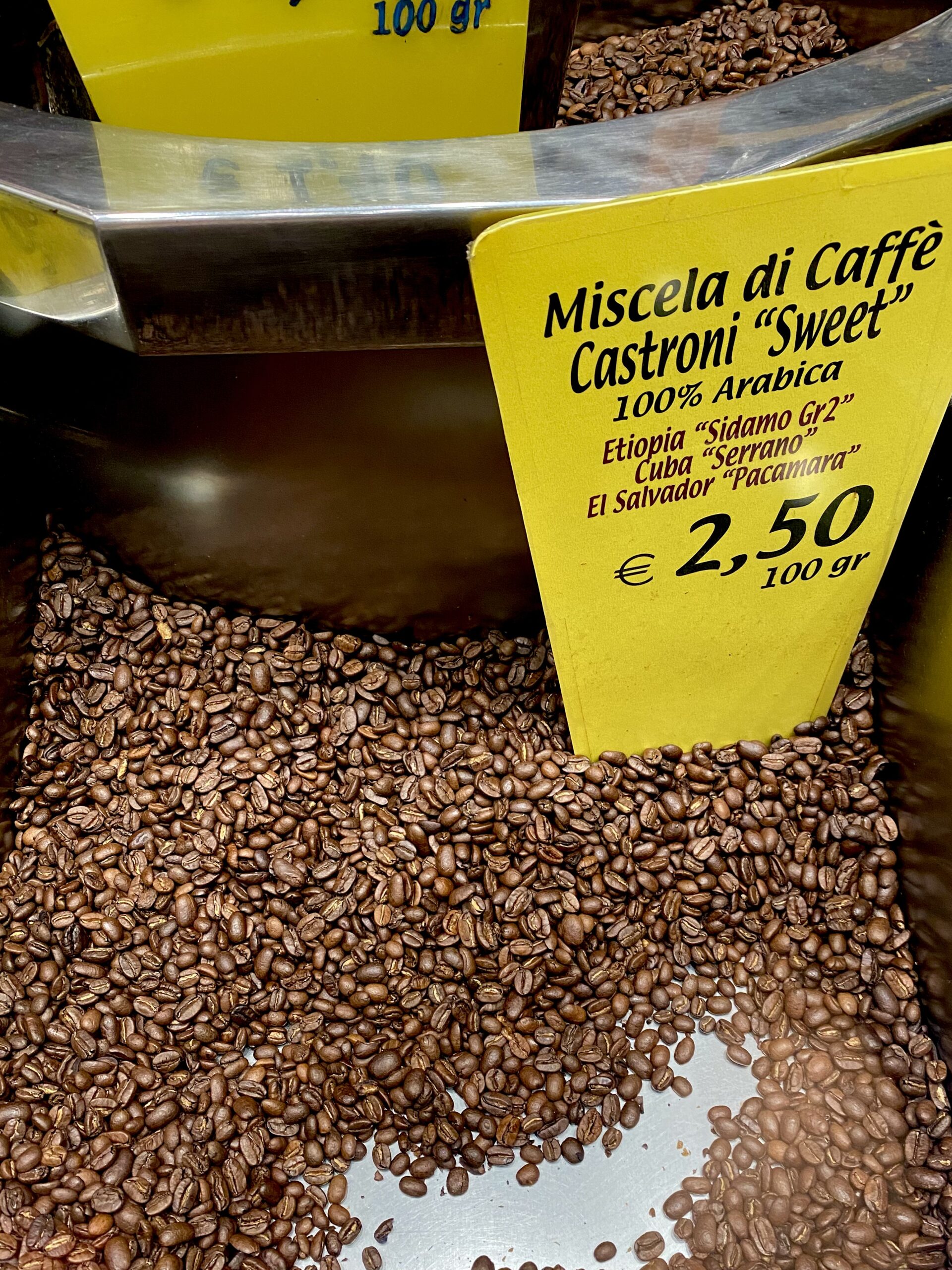
From 100% Arabica to capsule culture
Arabica coffee is more complex aromatically, with less caffeine and a fruitier profile than Robusta, which, as the name suggests, is more robust both as a plant and in flavor. Until recently, Robusta beans, cheaper to produce, were widely used but often low-quality and defective, which certainly didn’t help the reputation of Italian coffee.
“Arabica = better” became a dominant message from producers starting in the ’90s. (Today, however, Robusta is making a comeback, thanks to major improvements in quality and strategic advantages in both farming and trade.)
And then came Nespresso. Although capsules first hit the market in the mid-’80s, Italy’s first Nespresso boutique didn’t open until 1999. That moment marked another turning point in how Italians drink coffee.
How do you like it? Velvety? Intense? Ristretto? India? Colombia?
Ethics aside—Nestlé’s record on human and environmental rights is notoriously grim—it taught a nation that coffee wasn’t just one thing. It could be a spectrum—of flavors, origins, and styles. Before the Third Wave and the rise of hipster cafés, Nespresso had already seeded a culture of coffee appreciation. The explosion of capsules and compatible machines did the rest, and today, they’re everywhere in Italy—no mess, and in 30 seconds, sometimes, I dare say, better than a bar espresso. Just one click.
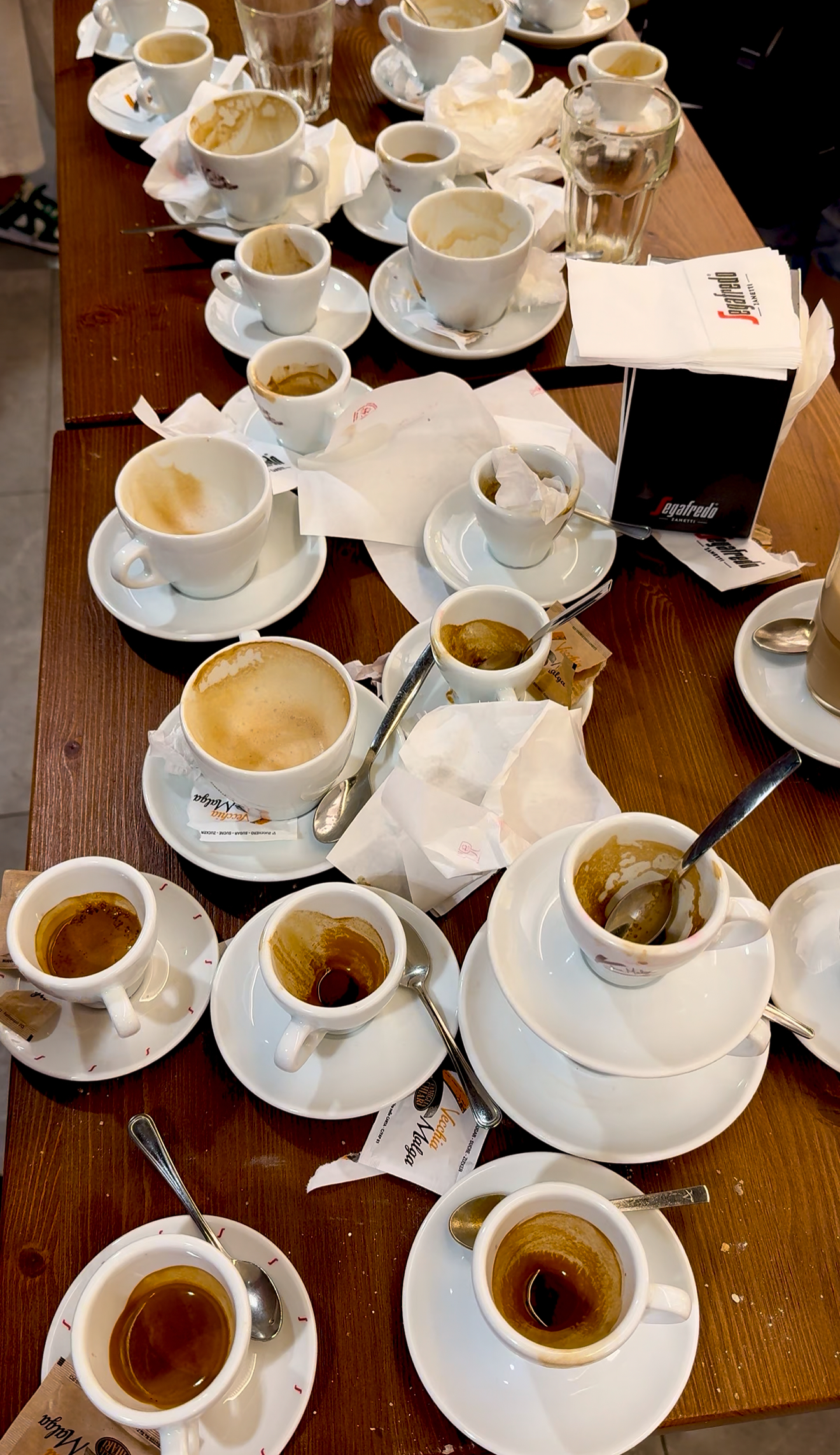
How to make the perfect moka
Will debates about moka technique—how much coffee to use, whether to press it and leave the lid open or closed—soon be just a memory? Capsules have standardized quality and removed the margin for human error. And there have been a lot of errors.
As mentioned, every household has its designated moka-maker—the one who “knows how to do it best.” Families have their own rituals: a special spoon for dosing, a habit of stirring before the pour, a sacred rule about never cleaning it to “protect” the flavor. And yet, 99% of people make moka badly.
Which brings us back to where we started—and my dislike of moka coffee. If you make moka like most Italians do, you burn the grounds first and then cook the just-extracted coffee. It’s awful. That’s how the manufacturer says to do it, but these days, we know better.
So, here’s how not to make moka the Italian way, but how to do it better:
- The Water: Skip the tap water. Use natural mineral water with low residue, just as you would for tea.
- The Coffee: Freshly ground is ideal, but what matters most is grind size: always choose a grind specifically for moka, not for filter methods.
- The Method: Boil the water before it touches the moka. Pour the hot water into the boiler, assemble the pot, and place it over low heat. This way, extraction happens fast, without scorching the grounds.
- The Pour: As soon as the coffee begins to rise, turn off the heat. Remove the pot from the stove, and pour and drink immediately.
- The Cleaning: Never use dish soap. Rinse with warm water or use a coffee-specific cleaner. Old oils go rancid—and a dirty moka makes bad coffee.
